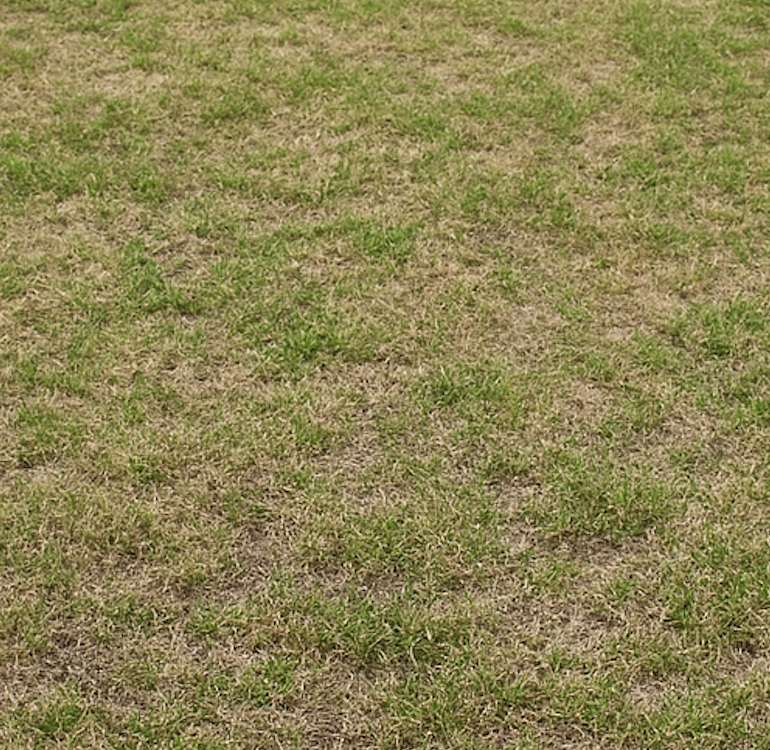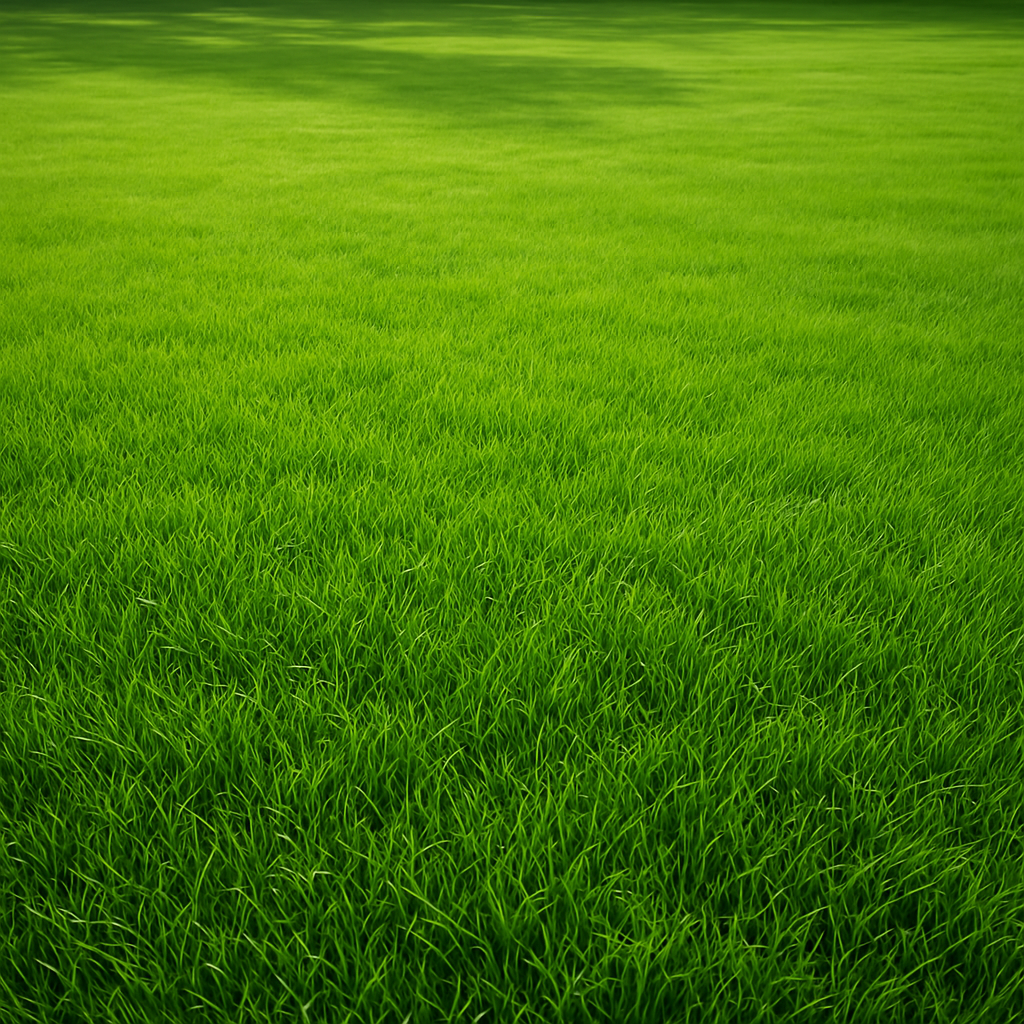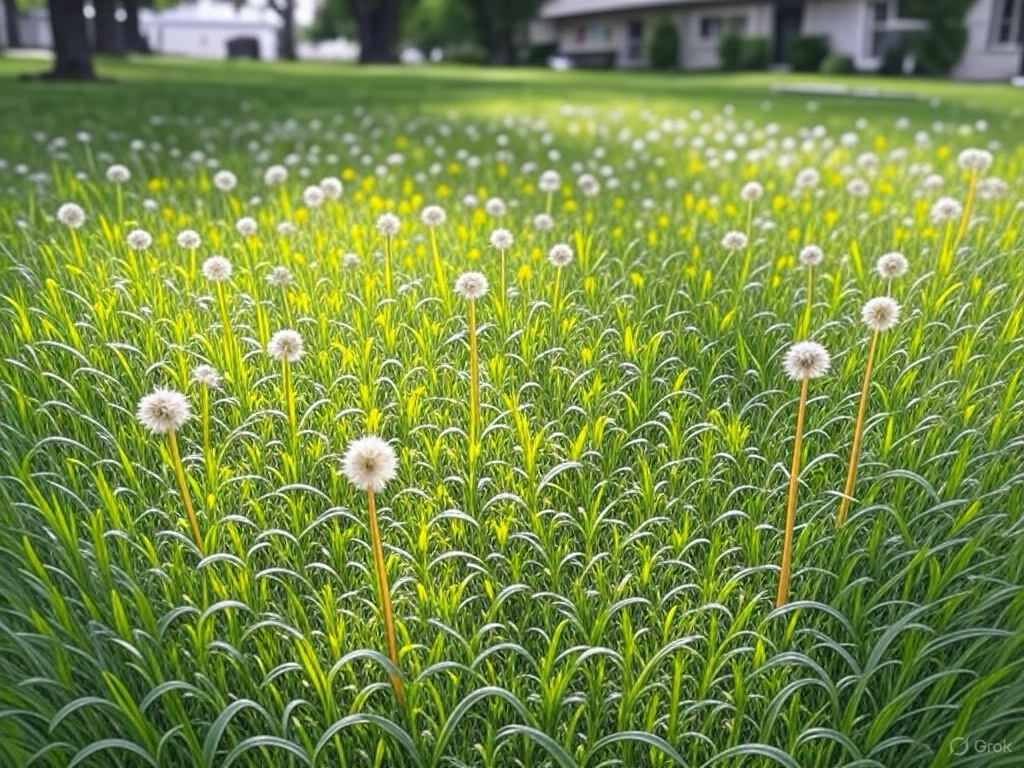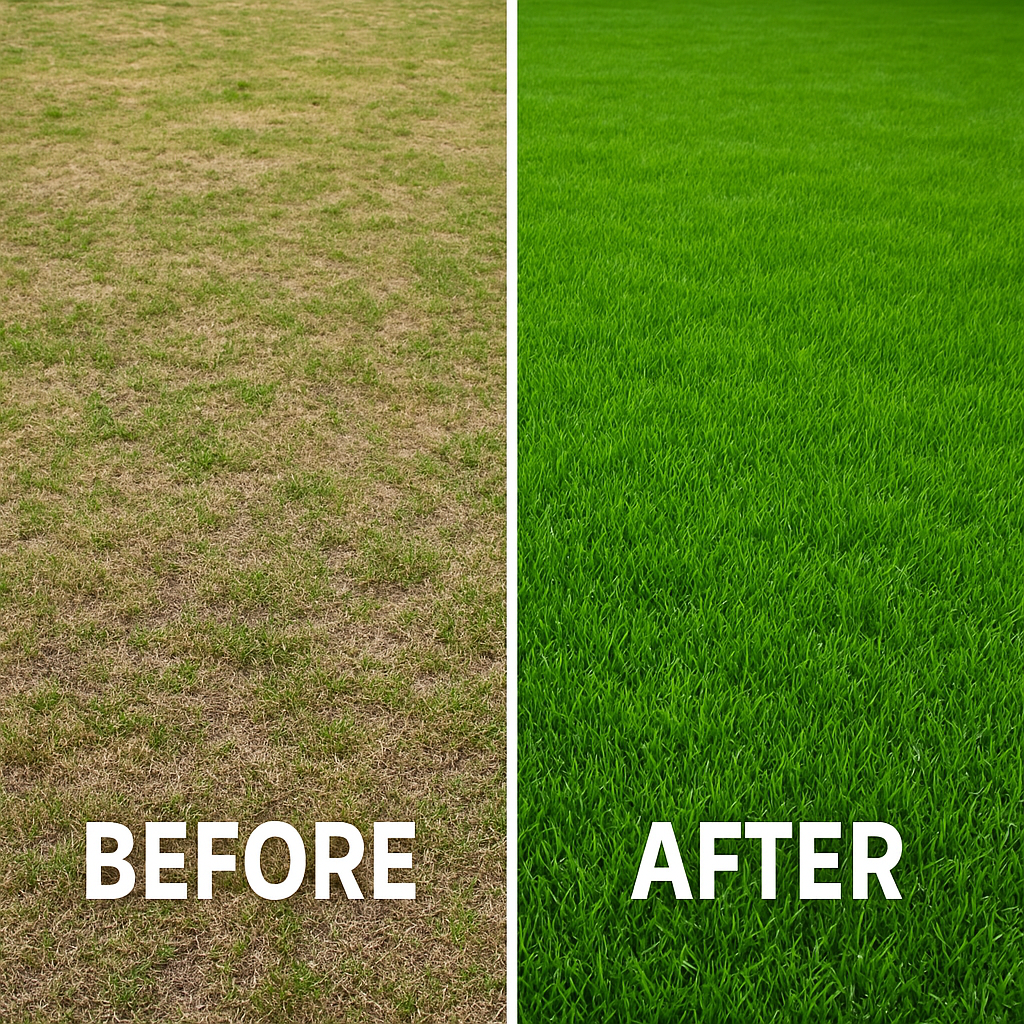What is Brown Patch?
Brown patch is one of the most common and destructive lawn diseases affecting residential lawns throughout the United States. Caused by the fungus Rhizoctonia solani, this disease appears as circular patches of dead grass, ranging from a few inches to several feet in diameter.
The affected areas typically have a tan or light brown color and are often surrounded by a darker "smoke ring" of grayish-brown, water-soaked grass in the early morning. This telltale smoke ring is a key identifying feature, though it may disappear as the grass dries later in the day.

When and Where Brown Patch Occurs
Brown patch thrives in hot, humid conditions, typically affecting lawns during the summer months when daytime temperatures are above 85°F and night temperatures remain above 65°F. High humidity and extended periods of leaf wetness create the perfect environment for this fungus to spread.
While brown patch can affect all types of turfgrass, it most commonly targets cool-season grasses like:
- Tall fescue
- Perennial ryegrass
- Kentucky bluegrass
- Bentgrass
Warm-season grasses like Bermuda grass and zoysia can also be affected, but the symptoms may appear differently and are sometimes referred to as "large patch" rather than brown patch.
What Causes Brown Patch to Develop?
Several factors contribute to the development of brown patch in lawns:
- Excess nitrogen: Over-fertilizing with nitrogen, especially during warm weather
- Poor drainage: Areas where water tends to collect and soil remains damp
- Improper watering: Watering late in the day, allowing grass to remain wet overnight
- Limited air circulation: Dense grass or areas with restricted airflow
- Thatch buildup: Excessive thatch that harbors fungi and prevents water from penetrating the soil
Did You Know?
The fungus that causes brown patch can survive in soil and thatch for years, waiting for the right conditions to emerge and attack your lawn. This is why proper lawn maintenance practices are essential for long-term prevention.
How to Prevent Brown Patch
Prevention is the best approach to managing brown patch. Here are some effective preventive measures:
- Improve air circulation and drainage by aerating your lawn annually. This reduces compaction and allows water to penetrate deeper into the soil.
- Water early in the morning (ideally between 2-8 AM) to allow grass to dry during the day, reducing the duration of leaf wetness.
- Avoid excessive nitrogen fertilizer during warm, humid weather. Use slow-release fertilizers and apply them at the appropriate times for your grass type.
- Mow at the proper height for your grass type and never remove more than 1/3 of the blade height in a single mowing.
- Reduce thatch if it exceeds 1/2 inch by dethatching or core aerating your lawn.
- Improve drainage in problem areas by adjusting the grade or installing drainage systems.
Treatment Options for Brown Patch
If brown patch has already appeared in your lawn, there are several treatment approaches:
Cultural Controls
- Reduce or eliminate irrigation until symptoms subside
- Improve air circulation by pruning trees or shrubs that block airflow
- Reduce nitrogen fertilization
- Core aerate to improve drainage and reduce compaction
Chemical Controls
For severe infections, fungicides may be necessary. Look for products containing one of these active ingredients:
- Azoxystrobin
- Propiconazole
- Pyraclostrobin
- Triadimefon
Always follow label instructions carefully when applying any chemical treatment to your lawn. At Nate's Nutes, we can recommend the most effective treatment based on the specific conditions of your lawn.
Professional Tip
Rather than treating brown patch after it appears, consider a preventive fungicide application when conditions favor disease development. Preventive treatments are often more effective than curative applications and can protect your lawn throughout the high-risk season.
When to Call a Professional
While many brown patch cases can be managed with proper cultural practices, consider calling Nate's Nutes lawn care experts if:
- The infected area is expanding rapidly despite your efforts
- You're unsure if the problem is brown patch or another lawn disease
- You need help implementing a comprehensive prevention plan
- You prefer environmentally responsible treatment options
- You want a customized lawn care program to maintain a healthy, disease-resistant lawn
Our experienced team can diagnose the exact problem and recommend the most effective and environmentally responsible treatment options for your specific lawn.




